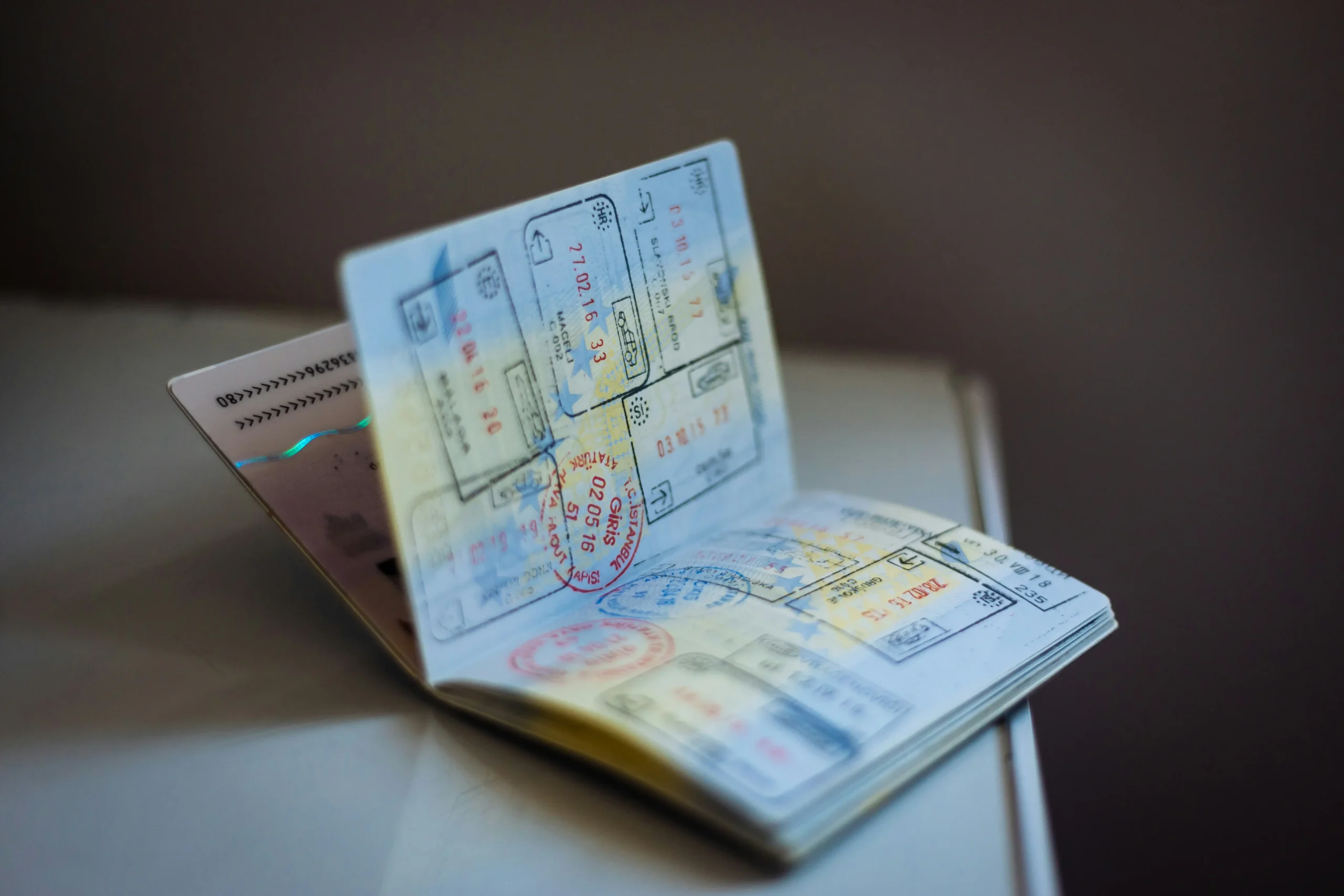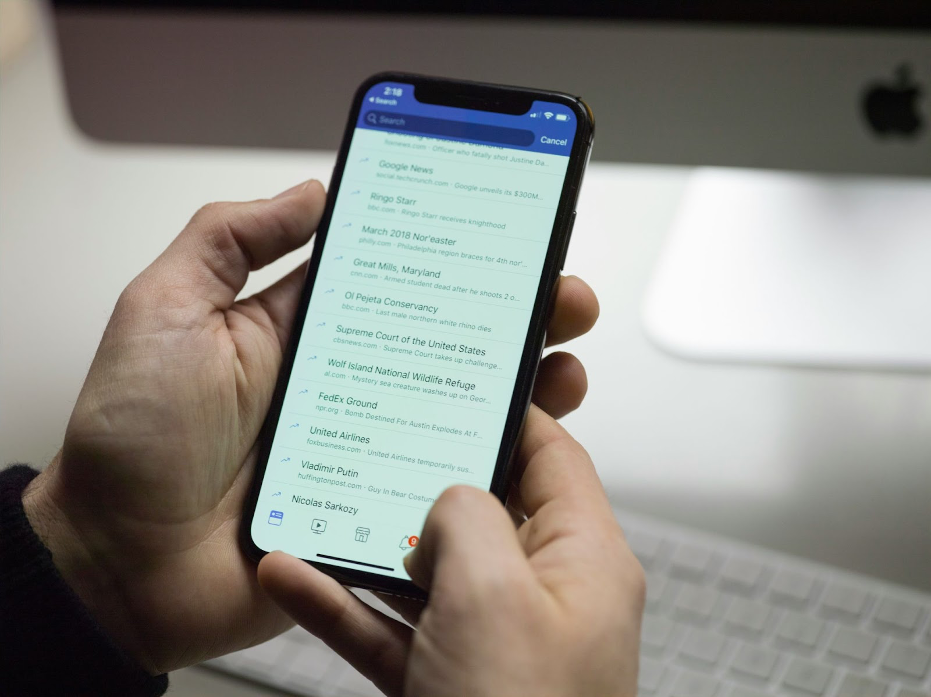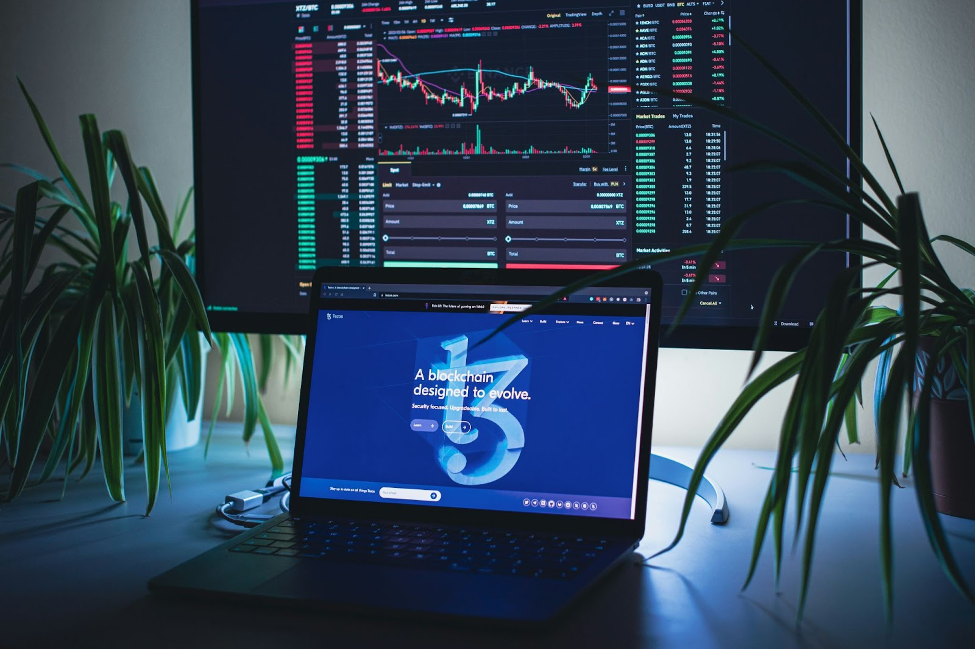Thousands of people and organizations need to check document for fraud each year because fake documents are spread frequently and face fewer barriers than ever. According to AARP, in 2023 alone, U.S. adults lost $43 billion to identity fraud.
In this post, we’ll cover how to check a document for fraud step by step, what document falsification means, the most common types, and their consequences.
Need support after a scam? Join our community today.
How To Check Document For Fraud?
To check a document for fraud, the goal is to cut risk before you accept or use information that may have been altered. The Association of Certified Fraud Examiners estimates companies lose about 5% of annual revenue to fraud, with document-based tactics being part of that picture.
When paperwork is tied to user accounts or sellers, combine this review with how to check a fake profile online to catch impersonation linked to falsified or forged files.
Warning Signs To Check
When you verify a physical or digital file, look for signals that often reveal manipulation:
- Typography and layout issues: uneven sizing, mixed fonts, or warped logos.
- Questionable seals or signatures: low-resolution scans or stamps that seem pasted from another file.
- Metadata mismatches: dates or creation tools that don’t match the document type.
Use these suggestions as a first screen; if they appear, move to a more detailed review.
Practical Example
Say you purchase from an online store and receive PDF invoices. Before you file them:
- Check the typefaces and spot any font that doesn’t match.
- Look for pixelated shadows around stamps or seals.
- Open the metadata and confirm the software aligns with the official billing system.
If anything feels off, call for direct confirmation from the vendor before relying on the document.
Have questions about dealing with scams? Contact us for support.
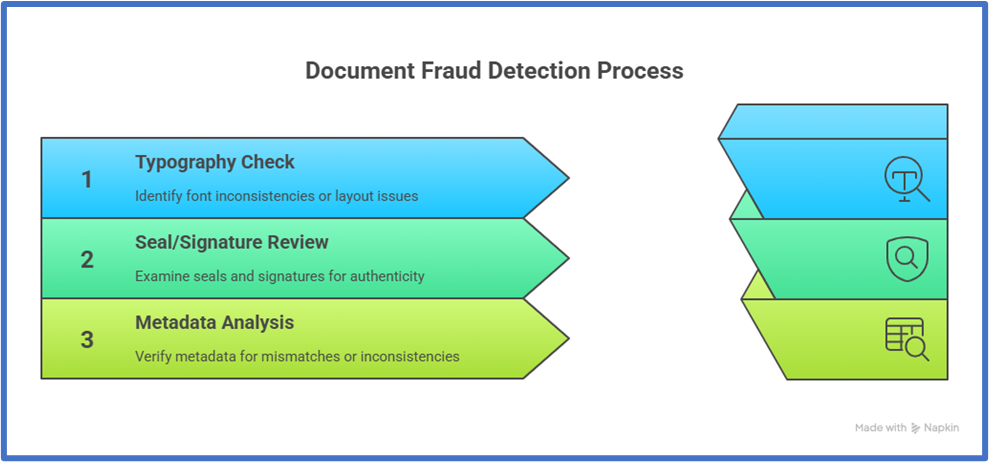
What Is Plagiarism And How Is It Related To Document Fraud?
Plagiarism is the act of presenting another person’s ideas, text, or documents as your own in personal, academic, or business settings. Within many organizations and universities, it includes copying without permission, omitting attribution, or altering passages to pass them off as original.
This practice ties directly to document fraud because:
- Contracts, certifications, or identities are duplicated without authorization.
- Reports are altered to convince investors or partners.
- Official documents are rebuilt with stolen material, hiding their source.
For example, in corporate workplaces, financial reports have surfaced that lift data from competitors to project a favorable image to potential investors. That form of plagiarism is dishonest and turns into a tool for defrauding.
What Is Document Forgery And How Is It Different From Fraud?
Document forgery is the act of falsifying a physical or digital record to make it appear legitimate. This can range from editing data in a contract to fabricating an entire passport or driver’s license.
Based on practical experience, these cases have grown with easy access to editing tools, which facilitate more sophisticated manipulation. And while the terms are often mixed up, they are not interchangeable. To separate both concepts:
| Aspect | Document Forgery | Document Fraud |
| Use | Manipulates the document itself | Happens when the document is used to gain a benefit |
| Action | Targets seals, signatures, photos, or dates | Starts when the altered file is used in a procedure, purchase, or ID check |
| Intent | Tries to create something that looks authentic | Uses the document to deceive and gain economic, social, or legal advantages |
Practical example
- Changing the birthdate on a passport is forgery.
- Using that passport to apply for a visa or cross a border is fraud.
Fake Documents vs. Document Forgery
The two labels are easy to confuse, yet they point to different problems. Keeping the distinction in view helps when you run a check document for fraud process, since the source of the issue and the way you address it won’t always match.
Both have risks worth considering. Here is a comparative table:
Fake Documents vs. Document Forgery: Differences
| Aspect | Fake Documents | Document Forgery |
| Origin | No original exists; the document is created entirely. | A genuine record is used, and its details are tampered with. |
| Method | Editing tools, templates, or illicit copies. | Changes to seals, signatures, photos, typefaces, or dates. |
| Example | Fabricated diploma with copied branding. | Real passport with the birthdate altered. |
| Banking risk | Accounts opened with invented identities. | Contracts or payment records altered. |
| E-commerce risk | Fake buyer/seller profiles. | Invoices adjusted to reflect different amounts. |
Real-world Applications of Fake Documents and Document Forgery
These practices affect banking, e-commerce, and public administration. Each setting reveals a different use case, yet the objective is the same: to deceive and gain an unfair advantage.
1. Financial sector
- Fake documents build full identities that don’t exist in official records, opening the door to new accounts, credit access, and illicit funds movement, which supports financial fraud.
- Forgery targets real paperwork, edited statements to falsely report income, or reworked contracts to manipulate payment terms.
2. E-commerce and marketplaces
- Fabricated seller profiles create stores that never ship.
- Payment receipts are edited to reflect successful sales, creating losses for buyers and for platforms that must handle the implications.
In response, companies such as eBay and Amazon have intensified document-validation procedures to protect user trust.
3. Corporate environment
- Fabricated degrees appear in hiring pipelines.
- Edited financial reports seek to attract investors, raising a serious risk of corporate fraud.
These examples make it clear: each type of fake needs its own kind of check. Fabricated documents should be compared with official records, while edited ones need careful review of things like logos, stamps, or file data.
Learn how to spot fake photos using simple steps and easy-to-use tools.
Most Common Types Of Fake Identity Documents
As long as it’s easy to alter or fake important documents, scammers will continue to take advantage of how little people know about how easily some files can be changed. Here are some of the most commonly forged or modified documents used in identity fraud schemes:
1. Falsified National ID
- New IDs are fabricated, or data on a legal card is edited.
- Common uses are quick-loan requests, bank-account setup, and social-benefit claims.
- Seals, holograms, and typefaces may look convincing, yet database checks and digital tools often reveal mismatches.
2. Modified Passports
- Frequently forged because of their importance in travel and immigration.
- Typical edits are swapped photos, changed birthdates, and manipulated border stamps.
- Biometric checks and implanted chips help verify in seconds if a passport was altered.
3. Altered Driver’s Licenses
- Go beyond age-related misuse and appear in larger schemes.
- Used as proof of address or identity in legal and banking workflows.
- Watch for non-existent serials, misplaced photo layers, and unofficial typeface shifts.
What Are The Consequences Of Document Fraud?
Document fraud is an act of deception with consequences that can change a person’s trajectory and bring down an organization. Putting a check document for fraud process in place helps stop harm that extends beyond money.
1. Legal Liability In Document Fraud
Legal liability arises when a person uses, creates, or presents a false document with the intent to commit fraud. It is not a minor slip; the law treats it as a crime that weakens trust in institutions, businesses, and official procedures.
In general, penalties reach both the individual who falsifies and the one who uses such documents to gain an advantage. Consider the following:
- Immediate penalties: Presenting an altered document can trigger court proceedings, substantial fines, and imprisonment, along with a criminal record that can persist for years.
- Severe punishments by country: Many systems classify the falsification of official IDs as a serious offense. In the U.S., 18 U.S.C. § 1028 provides for up to 15 years in prison when false documents relate to official credentials, depending on the harm caused.
- Long-lasting effects: A conviction for document fraud can narrow employment options, limit study plans abroad, and complicate immigration matters.
2. Financial Consequences Of Document Fraud
Financial consequences are the economic effects triggered when fake documents are used in transactions, procedures, or commercial activity. In real terms, they are described as lost funds, higher operating costs, and diminished trust in day-to-day workflows.
Setting the legal angle aside, this fraud threatens the financial stability of individuals, companies, and even national economies. Consider the following:
- Direct capital losses: Approvals based on altered documents lead to immediate loss of funds.
- Added prevention costs: Organizations divert budget to stronger verification, audits, and authenticity checks.
- Investment risk: Recurrent fraud in a sector pushes investors toward caution and reduced exposure.
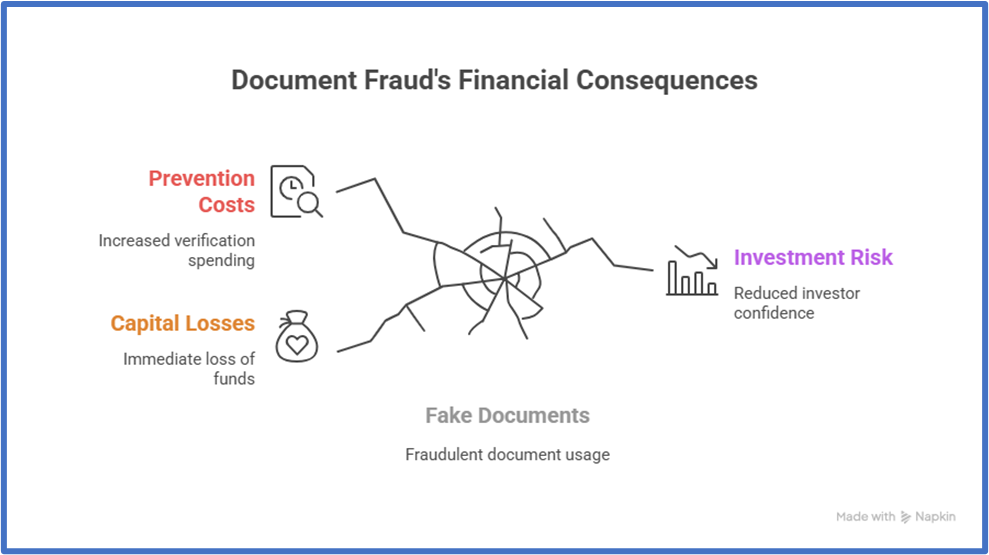
Tools To Detect Plagiarism And Document Fraud
Spotting issues in documents takes more than a quick look. Today’s verification tools let you check a document for fraud within seconds, adding a practical layer of protection to day-to-day reviews.
1. Turnitin
- Commonly used across universities and research programs.
- Cross-checks text against large academic data sets and web content.
- Strengths are textual; it won’t detect visual edits in contracts or official IDs.
2. Originality.ai
- Geared toward corporate and publishing teams.
- Runs plagiarism checks and detects AI-generated passages.
- A fit for report workflows, but not for examining altered paper documents.
3. Face Verify
- Built for ID checks.
- Compares the portrait on an ID with a live capture to confirm the same person is present.
- Common in digital banking, account onboarding, and hiring pipelines.
4. Fake Profile Detector
- Designed for social networks and online spaces.
- Flags accounts using lifted images or fabricated details to look legitimate.
- Targeted at online profiles rather than physical paperwork.
Real Cases of Fake Documents Used for Public Benefits
Identity-benefits fraud usually happens when fabricated or altered documents are used to access advantages the holder isn’t legally entitled to. ICE links this type of fraud to immigration and social programs meant for applicants who meet specific legal requirements.
Here are the areas most often targeted:
1. Immigration Authorizations
- Modified passports, visas, or residence certificates are submitted to obtain legal entry or prolong a stay.
- Many cases point to organized networks that produce and distribute documents at scale.
2. Access to Social Programs
- Falsified documents are submitted to claim food assistance, education grants, or housing subsidies.
- This moves limited resources from qualified applicants to individuals who don’t meet eligibility rules.
3. Employment or Workplace Benefits
- Edited IDs are used to obtain formal jobs, health insurance, or pensions.
- Employers and labor agencies must perform extra checks to confirm the worker’s identity and eligibility.
Check Document for Fraud: Verify Before You Pay
It all starts with knowing what to look for. When you understand how to check a document for fraud, it’s much easier to spot fake invoices, made-up credentials, or edited files designed to fool you.
At Cryptoscam Defense Network, we partner with you to take useful steps: catching contract fraud before you sign, verifying suspicious profiles, spotting crypto fraud, and reviewing documents with advanced knowledge so that you can move forward with confidence.
✅ Download our free toolkit to easily collect, organize, and report scam cases — with dropdowns for scam types, payment methods, platforms, and direct links to agencies like the FTC, FBI IC3, CFPB, BBB, and more.
We Want to Hear From You!
Fraud recovery is hard, but you don’t have to do it alone. Our community is here to help you share, learn, and protect yourself from future fraud.
Why Join Us?
- Community support: Share your experiences with people who understand.
- Useful resources: Learn from our tools and guides to prevent fraud.
- Safe space: A welcoming place to share your story and receive support.
Find the help you need. Join our Facebook group or contact us directly.
Be a part of the change. Your story matters.

